The First Marvel Method Batman: An Appreciation
In a 1971 interview captured in my book "The Denny O'Neil Tapes," the great DC writer revealed a "Marvel Method" Bat-story was then underway. Here's a loving look at the now-lauded result, Batman 251.
See the Bronze Age “reinvention of the Joker.” Then see if the result was genius…
or madness!
The “Marvel Method” of creating comic books — meaning art generated from a slim plot, completely penciled by the artist before captions and dialogue are written, was created by Stan Lee at Marvel in the 1950s, and used there ever since.
But it had never been tried for a DC Comics Batman story.
That is, until 1973, more than 30 years after the character’s first appearance.
It was first applied to storied effect in Batman #251, cover dated September of ‘73: “The Joker’s Five-Way Revenge” by Denny O’Neil and Neal Adams.
Or rather, by Adams and O’Neil.
Because the art came first!
Here’s the cover of this now-famous issue:
How do we know this is the first Marvel Method Batman?
Denny O’Neil himself told me so — in 1971 interview with St. Louis comics fandom, which I helped conduct and record when I was 15 years old. It first appeared in three issues of our mimeograph fanzine, GRAFAN, which was mailed out that same year to a few dozen members of our club, The Graphic Fantasy Society of St. Louis.
It hadn’t been seen in any other form since.
But I recently re-transcribed and recaptured the complete interview in my book, The Denny O’Neil Tapes: A Conversation About Comics, Culture and America. Here’s the cover to the recently published tome:
In the book, Denny said that then-Batman editor Julius Schwartz was reluctant to apply the Marvel Method to his DC books, else he lose editorial control of the book.
But both the writer and artist Adams had proven their reliability and trust on other Schwartz-edited Batman stories for two years, and the DC editorial veteran finally agreed to proceed with a Marvel Method Batman one-off project as an “experiment.”
The project partially came about, Denny says in the book, because artist Neal Adams wanted to do a story set in the now-closed Steeplechase Amusement Park in Brooklyn, New York.
“So I gave Neal a dim skeleton of a plot,” Denny said, “And Neal will work it out from here.”
Here’s my summary of that plot:
The Joker is out of prison and back in Gotham. A deadly, homicidal maniac Joker. He is seeking — and routinely killing — the five former gang members who ratted him out and testified against him in court. It’s up to The Batman to intercede and save those gang members, but he’s failing to keep up with mad killer and foil… his five-way revenge.
Here’s the splash page, with Denny’s taut writing leading us into the tale.
This issue finally hit the newstands in Summer of 1973, nearly two years after our interview with O’Neil.
Good thing there wasn’t a deadline, I say.
Because the time and care the creators took turned this book into a home run.
It was a smashing success at the time, sales-wise and critically, has been reprinted many times, and is generally lauded as changing the Joker’s trajectory from comic relief to deadly nihilist.
Here’s the first time we really get a sense of that: Batman 251 pages 6 and 7.
A 2019 article in the Vulture section of New York magazine did a deep dive on this issue, calling it “one of the most important Batman stories of all time.”
The article, “How the Joker Became Batman’s Ultimate Villain,” cites Batman’s first-time reference to The Joker as his “Arch Enemy.”
That keyword, says writer Abraham Riesman…
“…set up the Joker as a fearsome archetype of supreme importance in Batman lore for generations to come. Without Batman #251, we likely wouldn’t have had the Joker starring in such films as the Tim Burton–directed Batman, the he Dark Knight movies, or Todd Phillips’s brutal new Joker movie — the latter of which is already being billed as the character’s apotheosis. The comic ismost often mentioned as source material for Joker is Alan Moore and Brian Bolland’s Batman: The Killing Joke...but that story likely wouldn’t have been possible if O’Neil and Adams hadn’t suggested a brutal interiority and chaotic instability for the character 15 years earlier.”
As evidence of that, the Joker himself says on page 11 he has been given “the gift of madness:”
We asked Denny O’Neil back in ‘71, two years before this lauded issue appeared: Did he prefer working the Marvel Method way?
“In 80% of the cases, no,” he said. “I’m a “script first’ kind of guy. As far as I’m concerned, it’s to break up the monotony of working the other way.”
But Denny was sure this particular project would work because of Neal Adams’ “story sense and great involvement in it.”
Here’s an example of that story sense, from the opening scene:
On his admiration for Neal Adams, O’Neil elaborates:
“The reason my stuff looks better when Neal is doing it is because Neal is a heck of good artist, and involves himself totally. It’s a matter of pride with him. He tells at least as strong a story in the picture as you’ve told with words. I wish that I could distill Neal Adams, put him a hypo and inject him into every artist in the business. It’s unreasonable to expect that all of them would have his technical skill, his talent. But I’d be satisfied if they all cared as much as he does.”
Here, for example, is one of the book’s amazing action scenes, as realized by the comics master: pages 16 and 17.
But I’m not going to show any more of the pages from “The Joker’s Five-Way Revenge” here! Only because you gotta do yourself a favor and see ‘em for yourself, which you still can:
• The back issues are all over eBay.
• Also, DC recently published a fantastic facsimile edition of Batman #251. You know I love facsimile editions, and this is one of the most fun to have. (Check current price on Amazon. #affiliate)
• Maybe best of all, the Kindle Edition is still available for — believe it or not — 99 cents. What a bargain! Here’s an affiliate link to THAT edition so you can see if it’s still at that price point.
My book The Denny O’Neil Tapes is also available on Amazon, in hardback and paperback, and I have a signed copy on eBay. It’s where the entire 1971 interview with Denny is captured in 10-point type.
In the interview, we cover other ground besides Batman #251, of course, including the controversy of social relevance in comics; the challenges then being presented to creators by the out-dated Comics Code; and the then-dire fate of the comics industry itself. You know, little stuff like that.
There’s hefty bonus material in the book, too, including scans of a Denny O’Neil complete, typewritten script to Green Lantern #63 (DC Comics, 1968) gifted to me by the author himself after the 1971 live interview.
Here’s a page from that script.
In this script, you can see Denny working the “DC Method:” typing a very detailed, panel-by-panel description of plot and dialogue, and over that, lots of (I’m gonna say heavy-handed) editing in pencil by editor Julius Schwartz of almost every line in the script.
No wonder Schwartz was skeptical of the Marvel Method.
But as to the book’s interview, it was a thrill being one of the first fans to hear from Denny that a Marvel Method Batman story with Neal Adams was percolating at DC.
As I said, I was 15 years old, and my brain was lighting up at the prospect.
And here I am now a little past age 15, toasting “The Joker’s Five-Way Revenge.” My brain is still lighting up about it. Because let’s face it.
It was a work of genius.
And madness.
— Walt
Images used in this post from Batman 251 by Denny O’Neil and Neal Adams are ©DC Comics and are used for review purposes. Also, I love looking at them.
Bonus! Here’s the video version of this article I created for YouTube.
Same content only with me talking, with some cool music and more graphics. But none of that reading stuff.
Walt Jaschek is a writer of comics. And books ABOUT comics. This is his Substack.
You should totally subscribe!
Or at least…




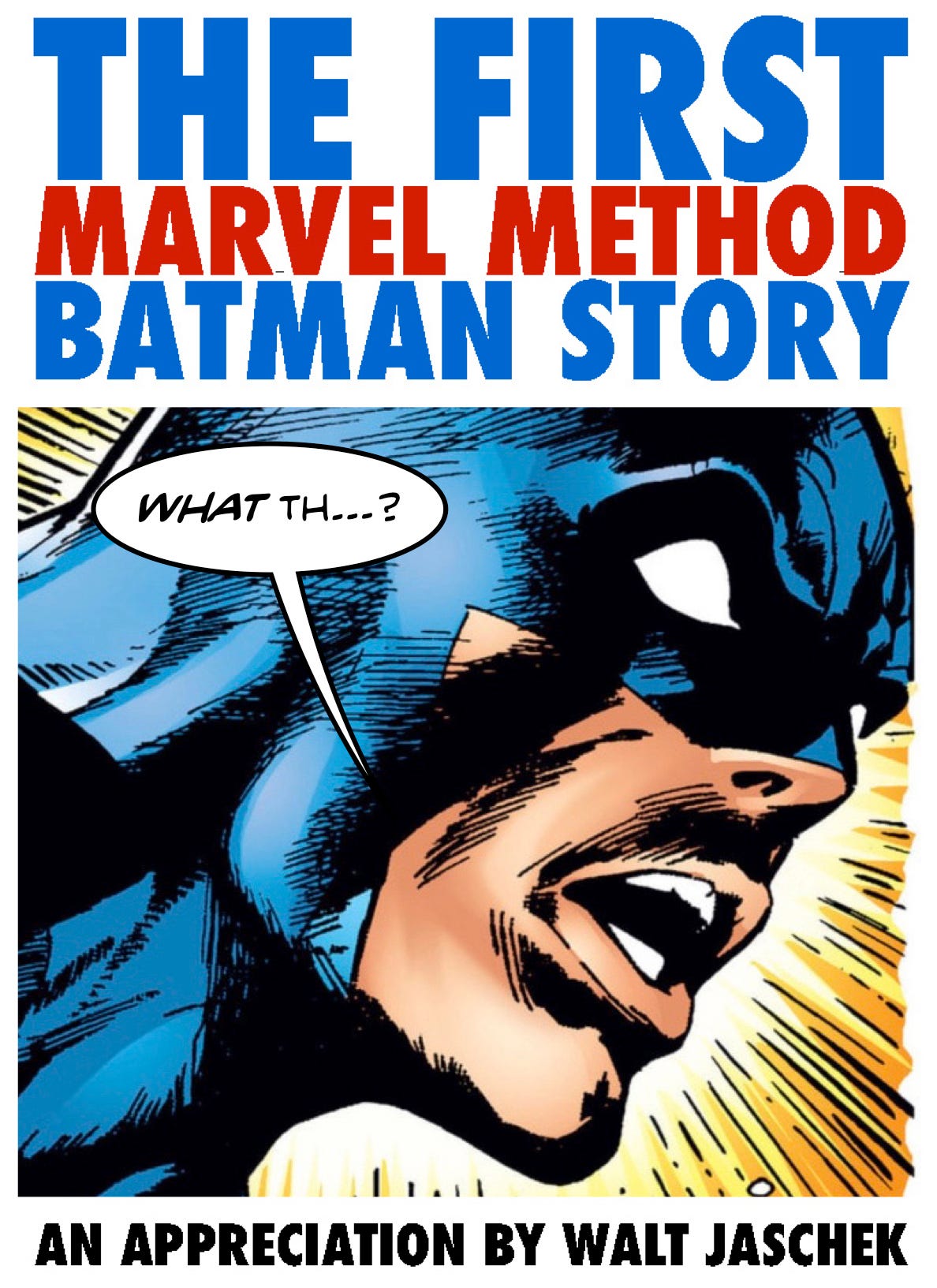
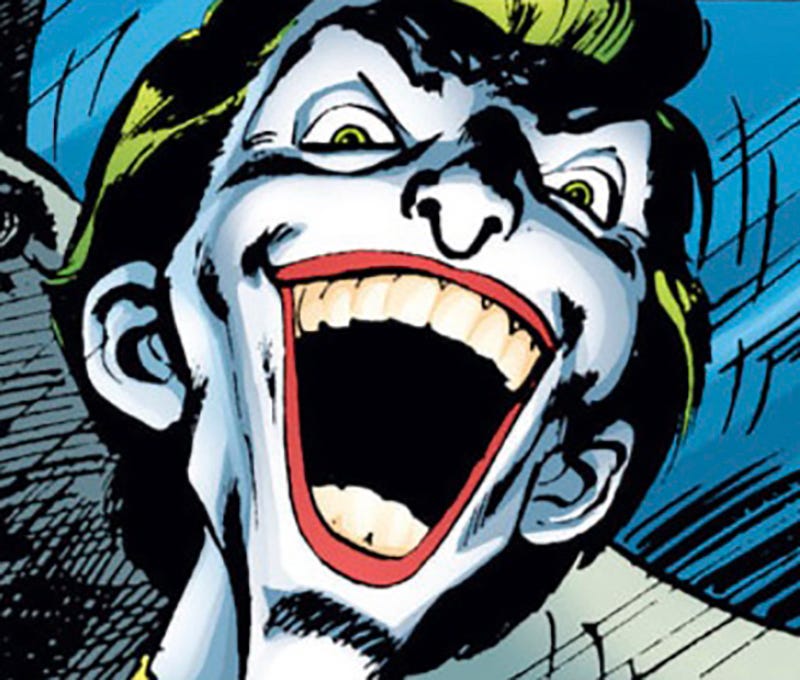
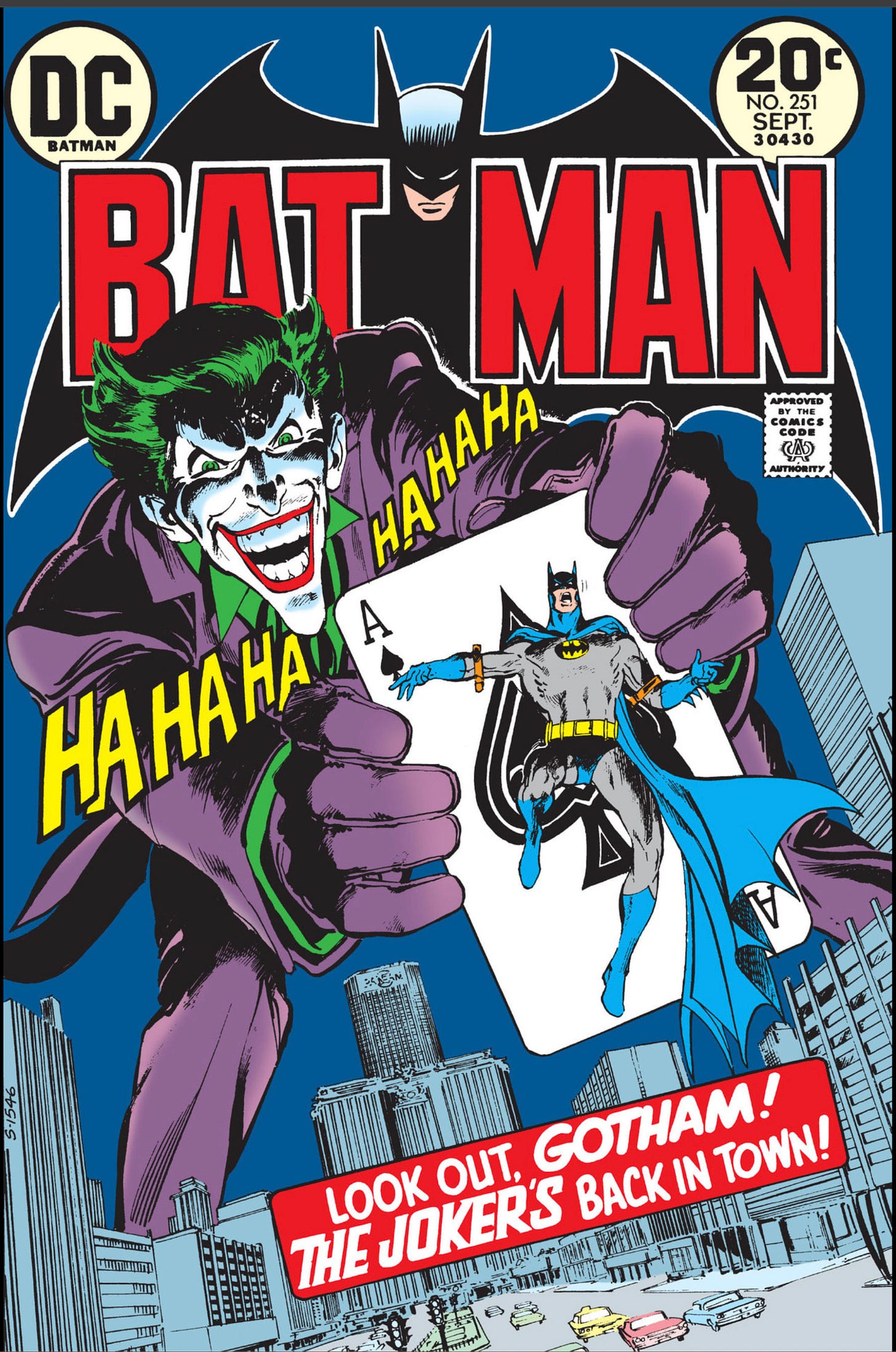
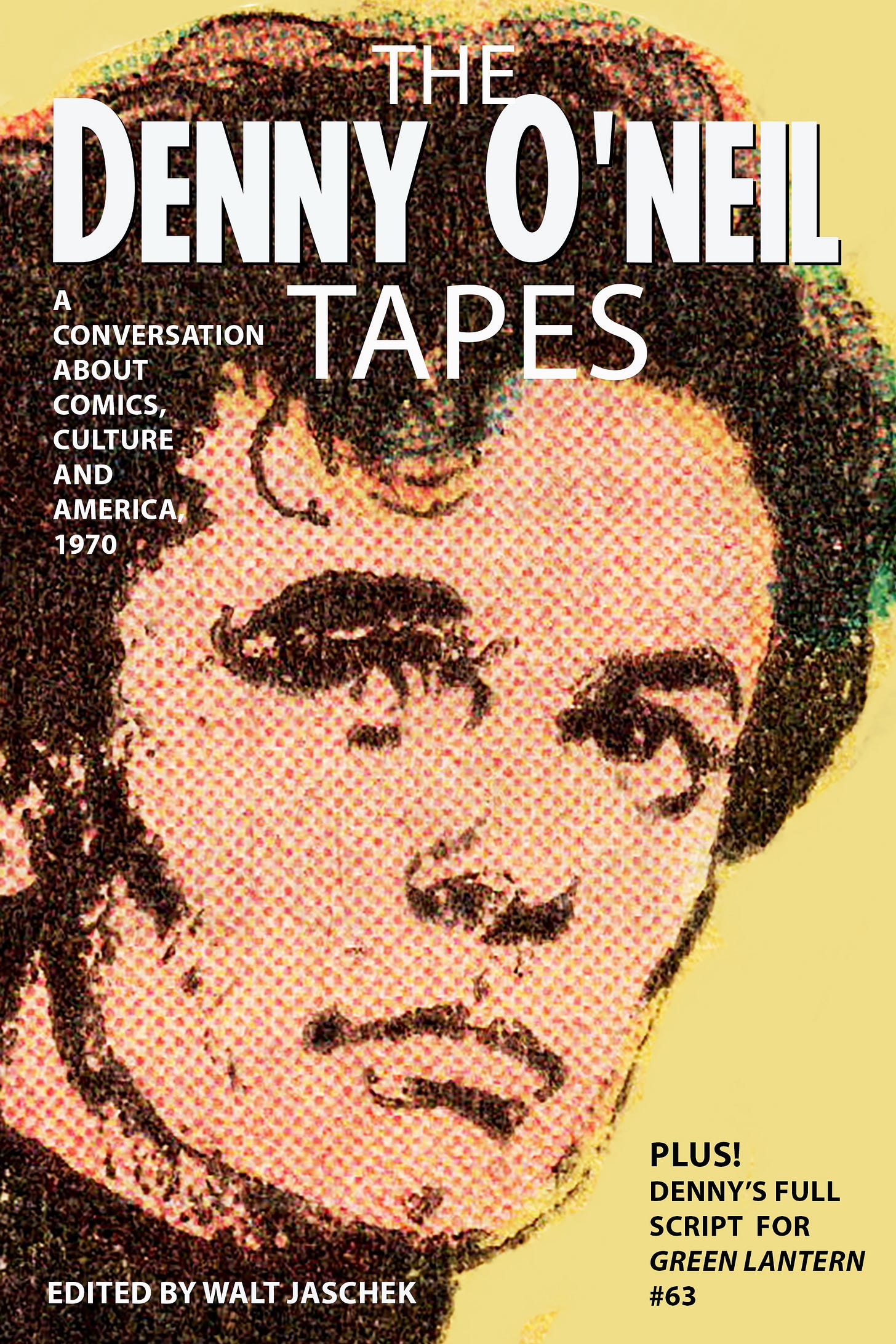
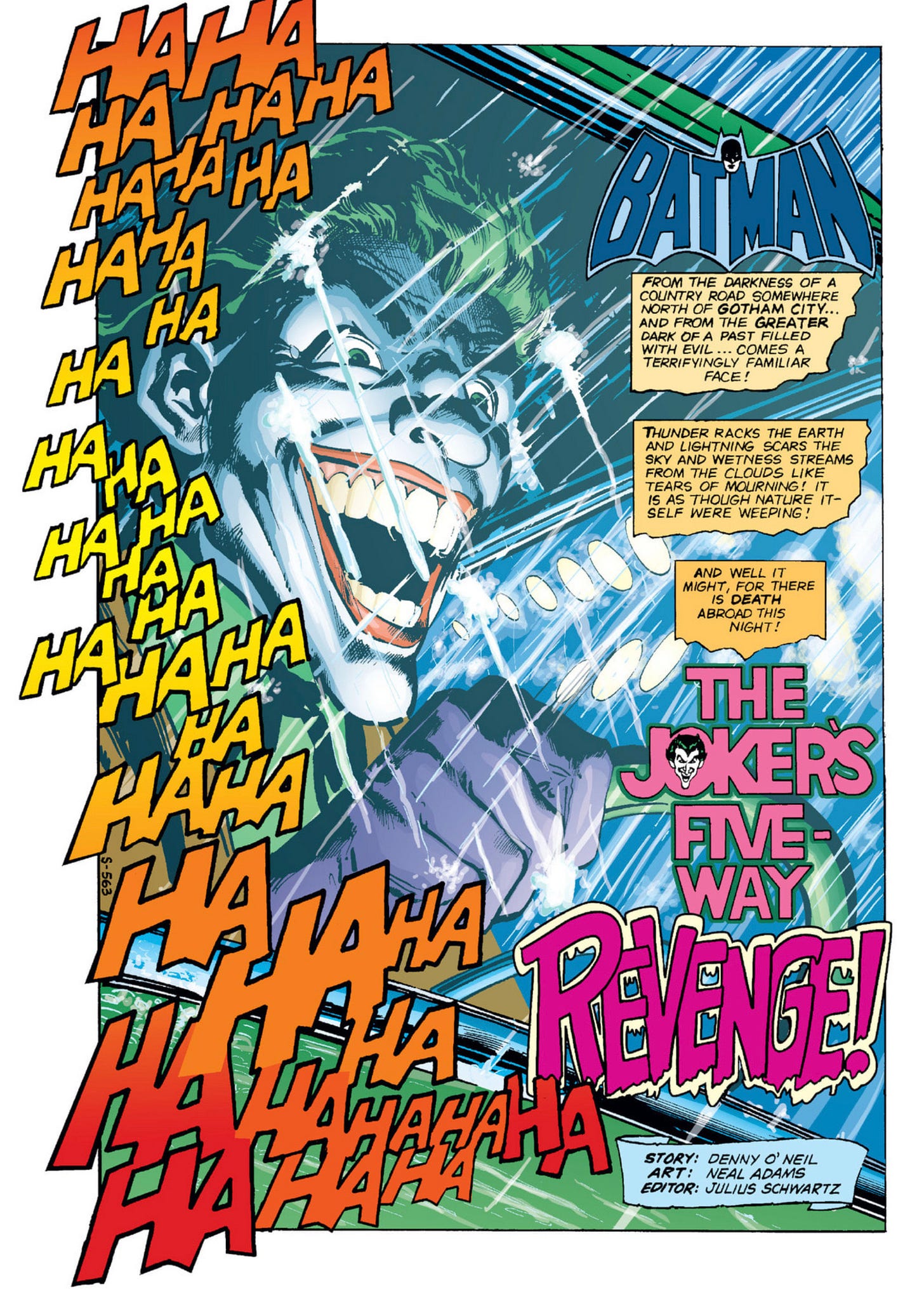
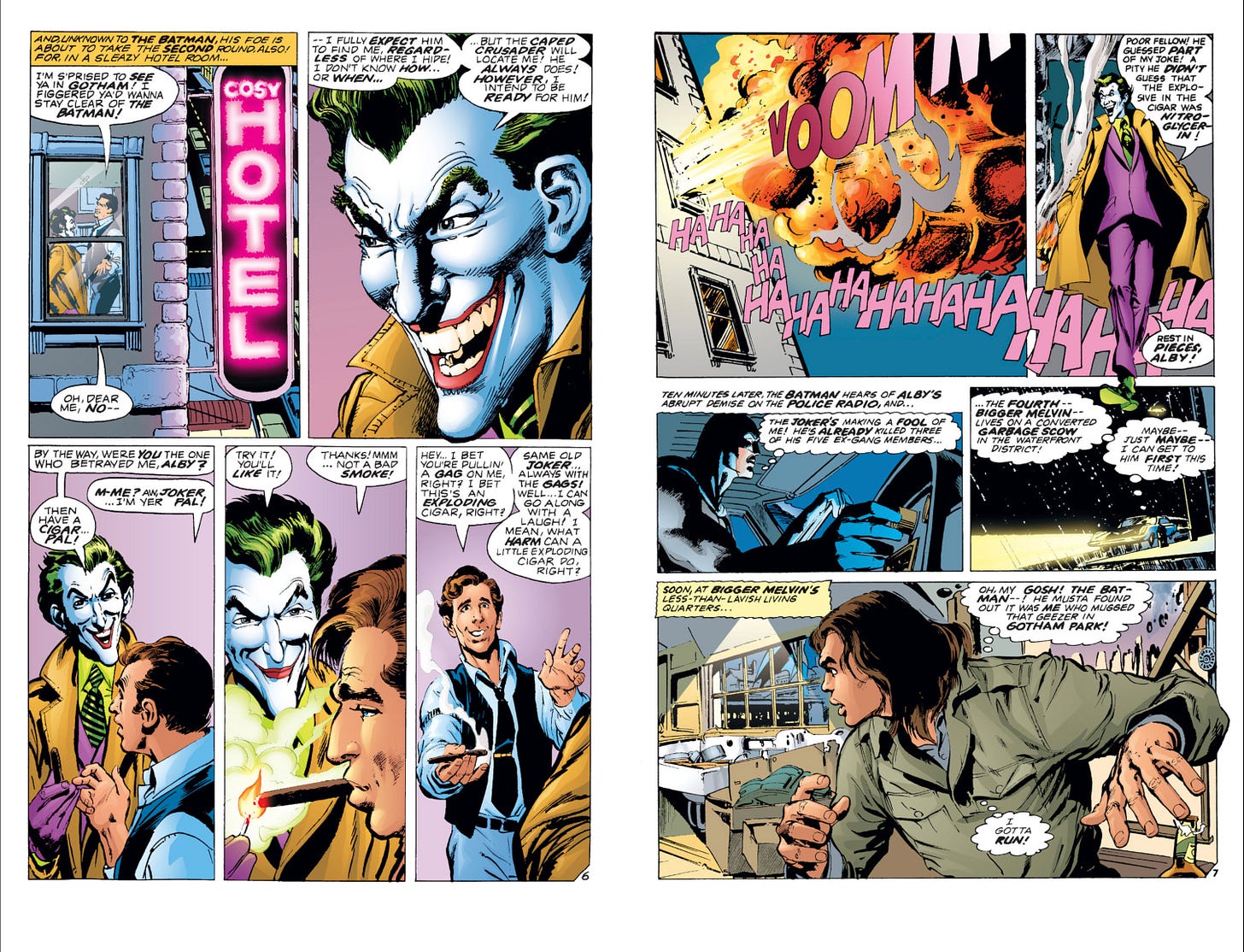
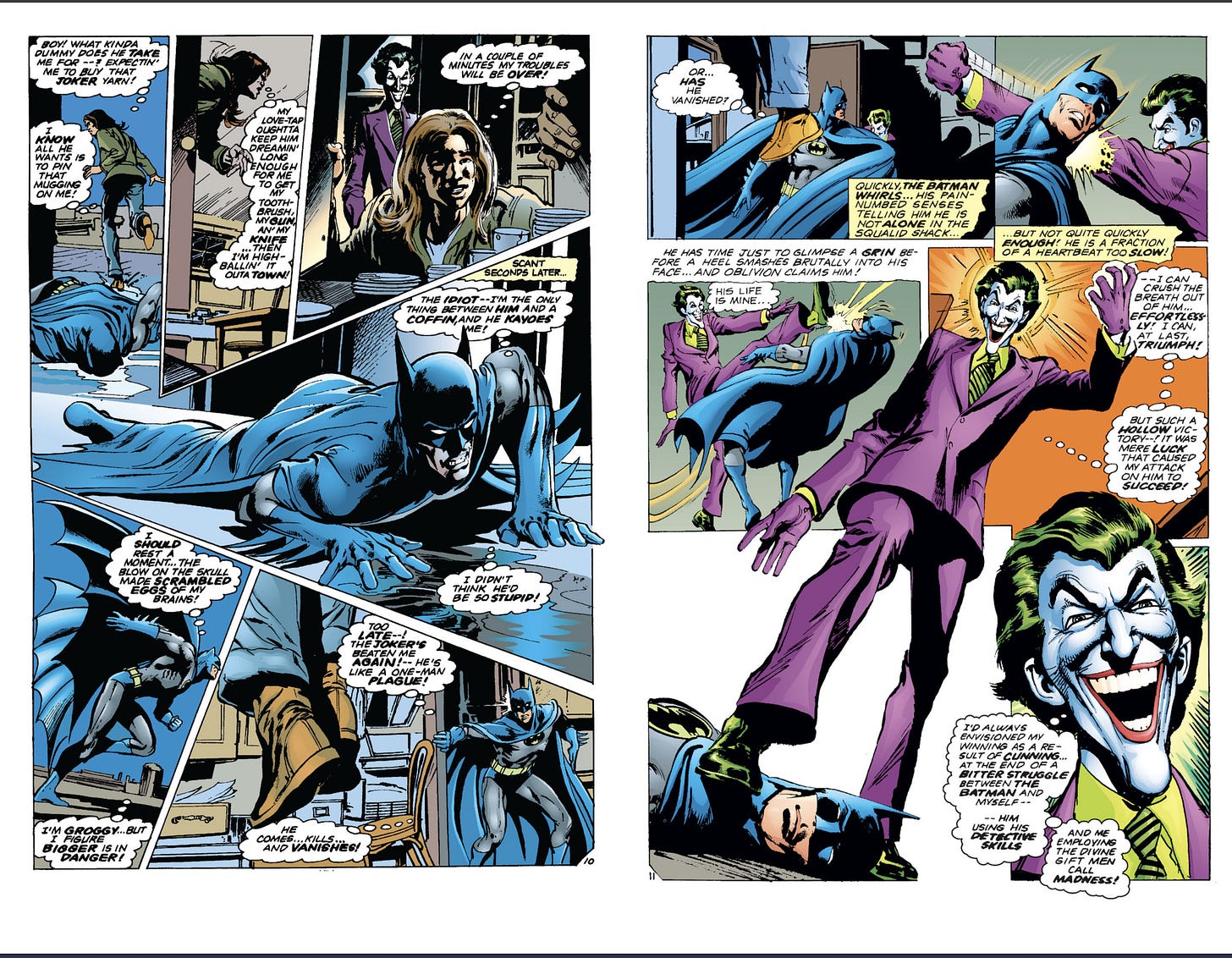

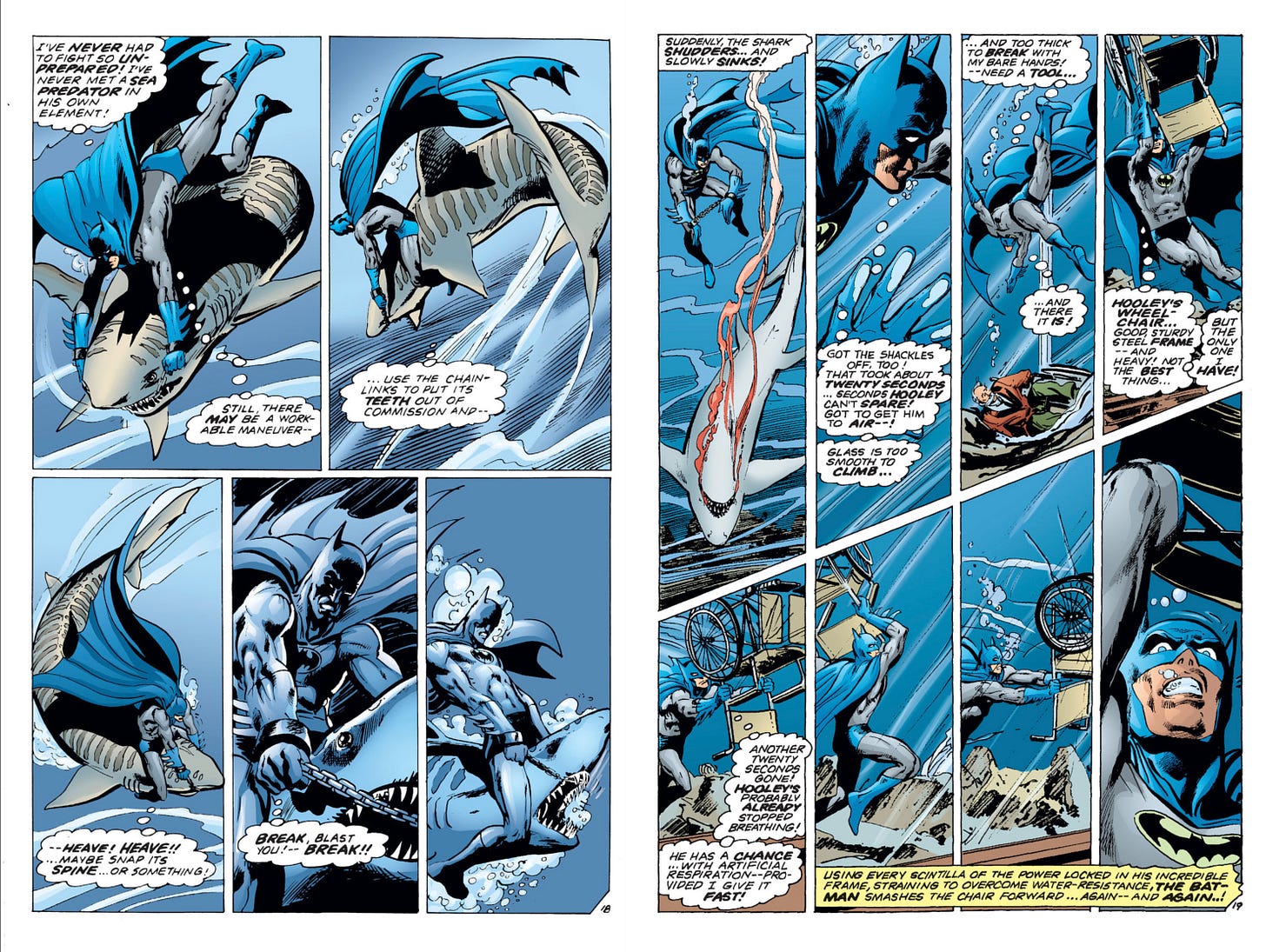
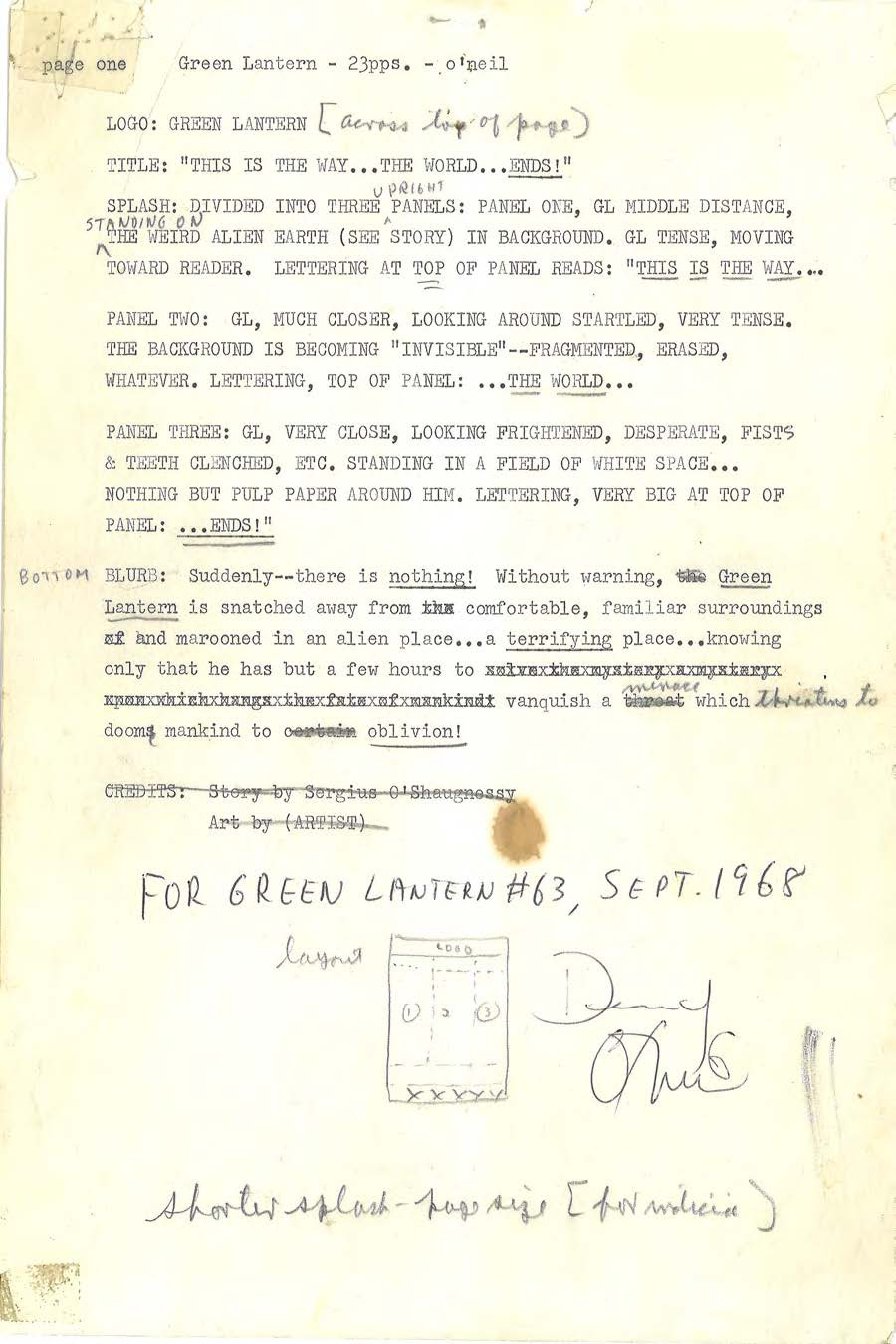
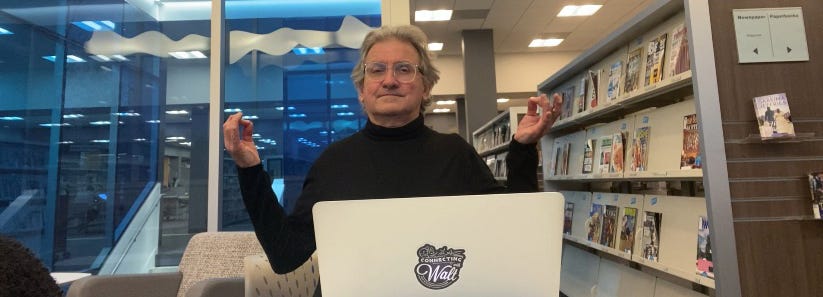
Excellent article... touched all the bases.
Thanks. Very interesting.